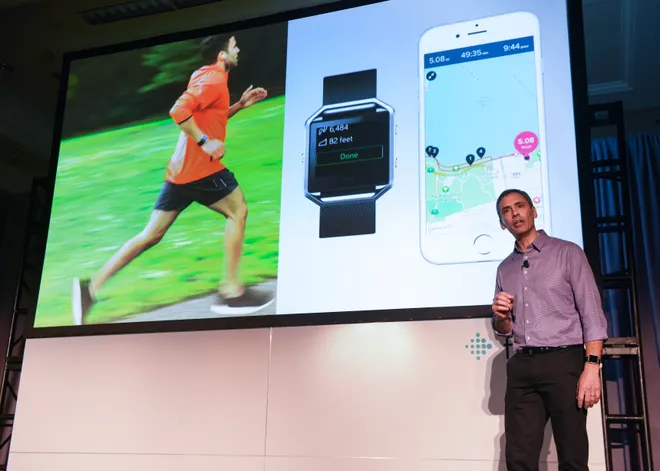Want to run faster? It comes down to technique, strength and practice.
Are you a weekend warrior trying to shave time off of your casual jog, or an elite athlete trying to shave a few tenths of a second off of your 100-meter dash? Or, are you a beginner runner looking for tips to run faster? Expert advice for how to run faster is pretty simple: It comes down to form, strength and practice (makes perfect).
For tips on easy ways to increase your speed, we spoke with elite athlete trainers Jeremy Golden, the former Director of Athletic Training at Santa Clara University and the current Director of Fitness at Tehama Golf Club in Carmel, California, and Marcos Esquivel, CSCS, the owner and lead trainer at MDE Athletics in Chandler, Arizona.
How to run faster
The knee-jerk reaction for many athletes trying to increase their speed is to simply run more often. Run more sprints. Go for longer jogs. While this is a vital aspect of training – you need practice to hone in your form and increase your general conditioning – Golden and Esquivel emphasized the need to work on technique and strength, in addition to practice.
It is also something that is highly specific to the individual. You may want to consider getting a professional trainer’s opinion, since it’s something that’s hard to see, or know, on your own. “It’s probably one of the most individualized things you can do in training because everybody is different – everybody moves differently. It could be as simple as your shin angle when you’re landing, or you’re not producing force here, or you’re leaking power here. All those things can play a role,” explains Golden.
Running is great exercise, but many struggle with how to get started. Here are some tips.
How can I increase my running speed?
The first step is addressing your technique. Golden says, “The first thing I look at is someone’s running mechanics. I look at their gait, or how they’re moving, and I’m going to incorporate certain drills that are going to help with that.” Golden says some of the drills he likes to have his athletes do are stationary wall runs or just simple skips. These drills can help with posture, shin angle, and knee height issues, which are fairly common.
Different techniques may apply depending on whether you’re sprinting, running long-distance, or training for a specific sport.

How can I run faster and longer without getting tired?
General conditioning, from lots of hours in practice, will naturally help increase your endurance. But spending time in the weight room may be your best weapon against fatigue. “Any time I’ve been around a cross-country runner, and they’ve been successful, they’ve gotten stronger. They haven’t forgotten about the weight room. To run faster for longer, you have to have good strength,” Golden emphasizes.
Esquivel agrees. “I have a guy who runs marathons, and he was skeptical about weight lifting – like he thought it would impact his speed in a negative way. But after getting stronger, he was like ‘Wow, I’m like 40 seconds faster per mile,' Esquivel beams. “They get more distance per stride,” he adds.
Esquivel says for people who want to run faster, he emphasizes strength in the hips, glutes and hip flexors. Golden echoed this suggestion as well, referring to these muscle groups as the “posterior chain.” He recommended these exercises:
- Romanian deadlifts
- Leg curls
- Glute bridges
- Squats (to 90 degrees, if you can get there!)
Key takeaway – make sure you’re using good technique, get reps in the weight room, and PRACTICE.
Sweat till you drop...pounds?Sweating cools us down, but does it burn calories? What to know about sweat and exercise
Disclaimer: The copyright of this article belongs to the original author. Reposting this article is solely for the purpose of information dissemination and does not constitute any investment advice. If there is any infringement, please contact us immediately. We will make corrections or deletions as necessary. Thank you.







